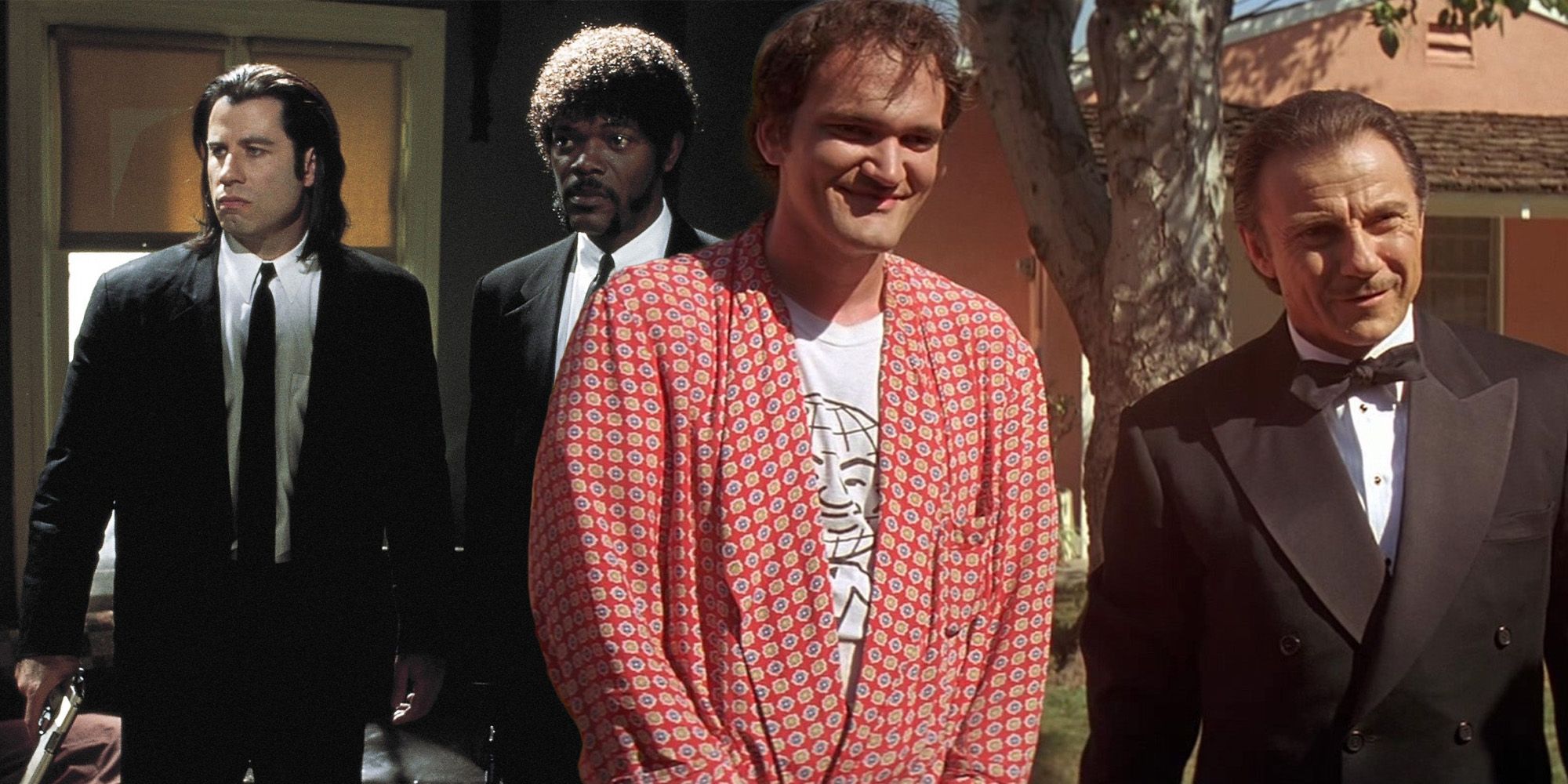
Quentin Tarantino’s 1994 masterpiece, Pulp Fiction, is 154 minutes long, but there are roughly 24 minutes of deleted and extended scenes that were cut for the film’s final version. The dialogue-driven crime comedy is Tarantino’s second feature film and the one that solidified the rising star as one of the biggest names in the industry. Widely considered to be Tarantino’s pièce de résistance, Pulp Fiction took home the Cannes Film Festival’s highest prize, the prestigious Palme D'Or, and earned Tarantino an Academy Award for Best Original Screenplay in addition to receiving seven total nominations, including Best Picture.
Pulp Fiction presents three interrelated stories told out of chronological order and sprinkled with lengthy monologues and casual conversation interrupted by brief moments of graphic violence. The film’s three stories are told over seven narrative sequences, each introduced with its own title card, involving mob contract killer Vincent Vega, prizefighter Butch Coolidge, and Vincent’s partner in crime, Jules Winnfield. Although their lives are closely intertwined, each character serves as a protagonist of one story. The extent, if any, to which Pulp Fiction appears conventional can be attributed to the fact that the independent film marks a cultural watershed that continues to influence films and other media.
The final, theatrical cut of Pulp Fiction is 154 minutes long, but there are about 24 minutes of extra footage consisting of five additional or extended scenes that the director cut from the finished product. This doesn’t mean the additional footage is below the filmmaker's high standards; on the contrary, Tarantino has a special affection for many of the following deleted and extended scenes that were cut, more often than not, simply for time management. Tarantino discusses the cut scenes in a special features presentation included with home releases of Pulp Fiction in which he clarifies the context of each cut or extended scene, and why they were removed from the film.
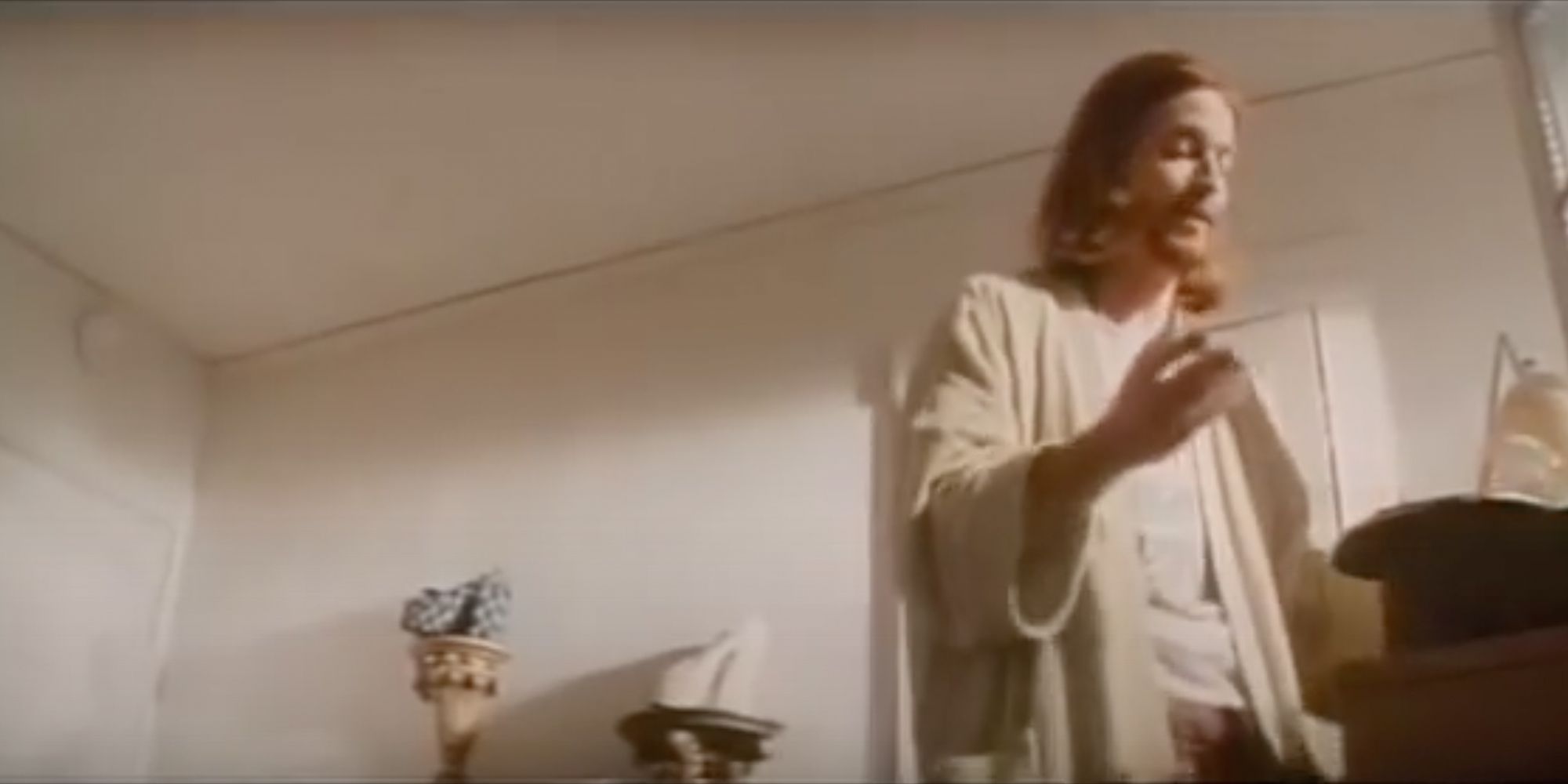
Pulp Fiction’s first of three stories centers on Vincent Vega, a contract killer who agrees to escort his boss’ wife, Mia Wallace, to dinner while her husband, Marsellus Wallace, is out of town. Prior to his evening with Mia, Vincent visits his drug dealer Lance. In the deleted scene, Lance recounts a time when a gas station attendant gave him the wrong directions in Panorama City, something Lance infers was done on purpose. This monologue was originally meant to be paired with Vincent’s story of finding his car keyed shortly after retrieving it from storage as another example of why someone’s car should not be messed with, a belief expressed in the final film version of Pulp Fiction. Quentin Tarantino describes the monologue, which he loved, as "a little too much.” Perhaps it could’ve stayed were it included at another point in the film, but wanting to hurry up and get to the pivotal date with Vincent and Mia, Tarantino ultimately cut the scene for the sake of pacing.
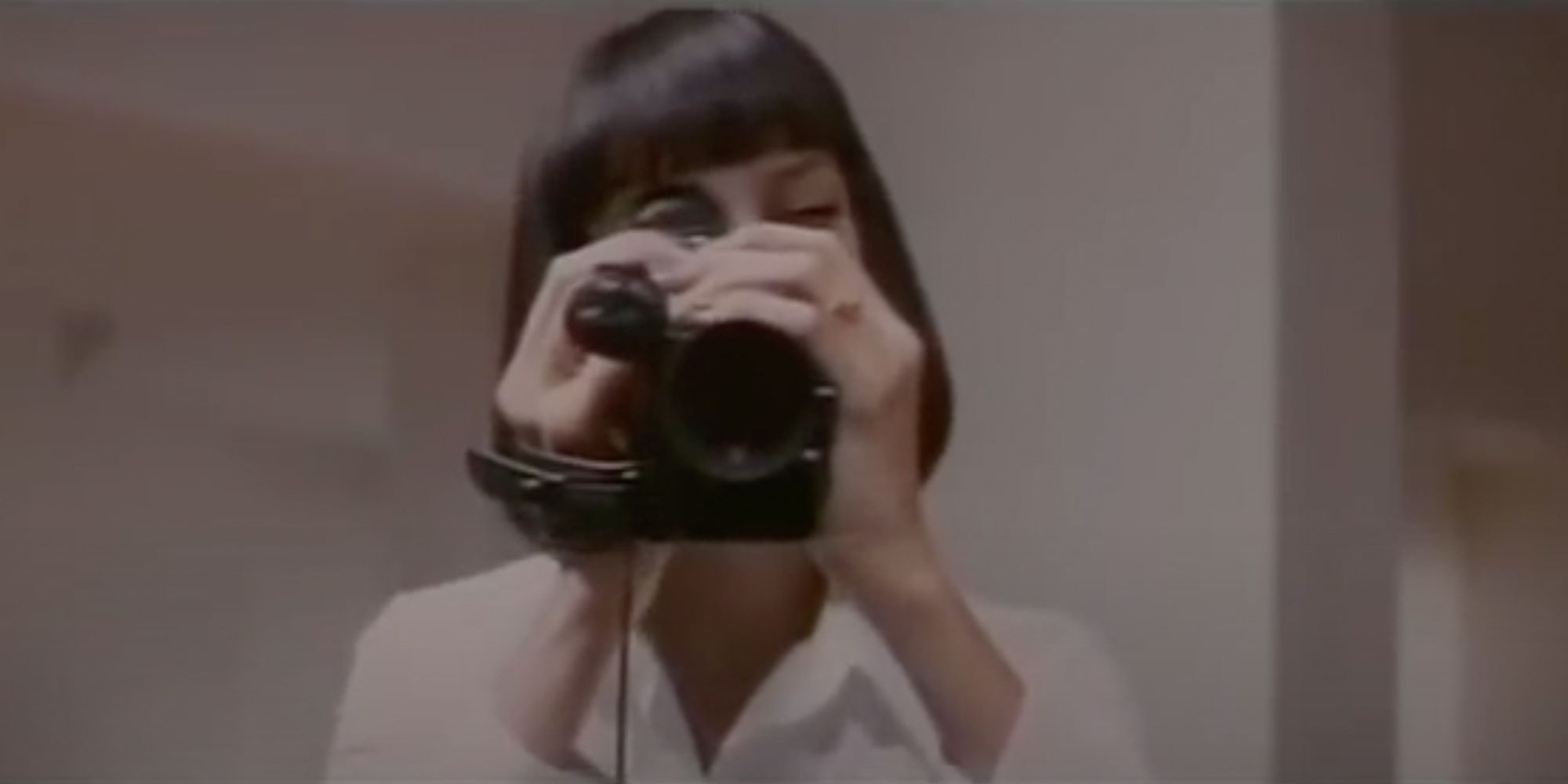
Vincent finally arrives at Mia’s house, and in the final version, she doesn’t do much other than speak to her escort over the intercom. However, this deleted Pulp Fiction scene has Mia ambush Vincent with a Hi8 video camera to conduct an interview, something that could be inferred she does with all the men her husband sends. Vincent is caught unawares but calmly answers all of Mia’s This or That questions, an exercise meant to provide her with a better understanding of Vincent’s personality. However, Mia doesn’t need to ask if Vincent’s a Beatles or Elvis person on account of his wardrobe. This explains Mia’s later remark, “an Elvis man should love it,” when the two pull up to Jack Rabbit Slim’s in the ensuing scene. Mia's interview also reveals that the folk singer Suzanne Vega is Vincent's cousin.
The basic idea for this scene had been gestating in the mind of Quentin Tarantino for a while prior to Pulp Fiction. He ultimately cut the scene because by the time he got around to making the film, young characters confessing to a digital camera pointed in their face had become a movie cliché. Also, Tarantino thought it sounded more like someone trying to write like him instead of his own work.
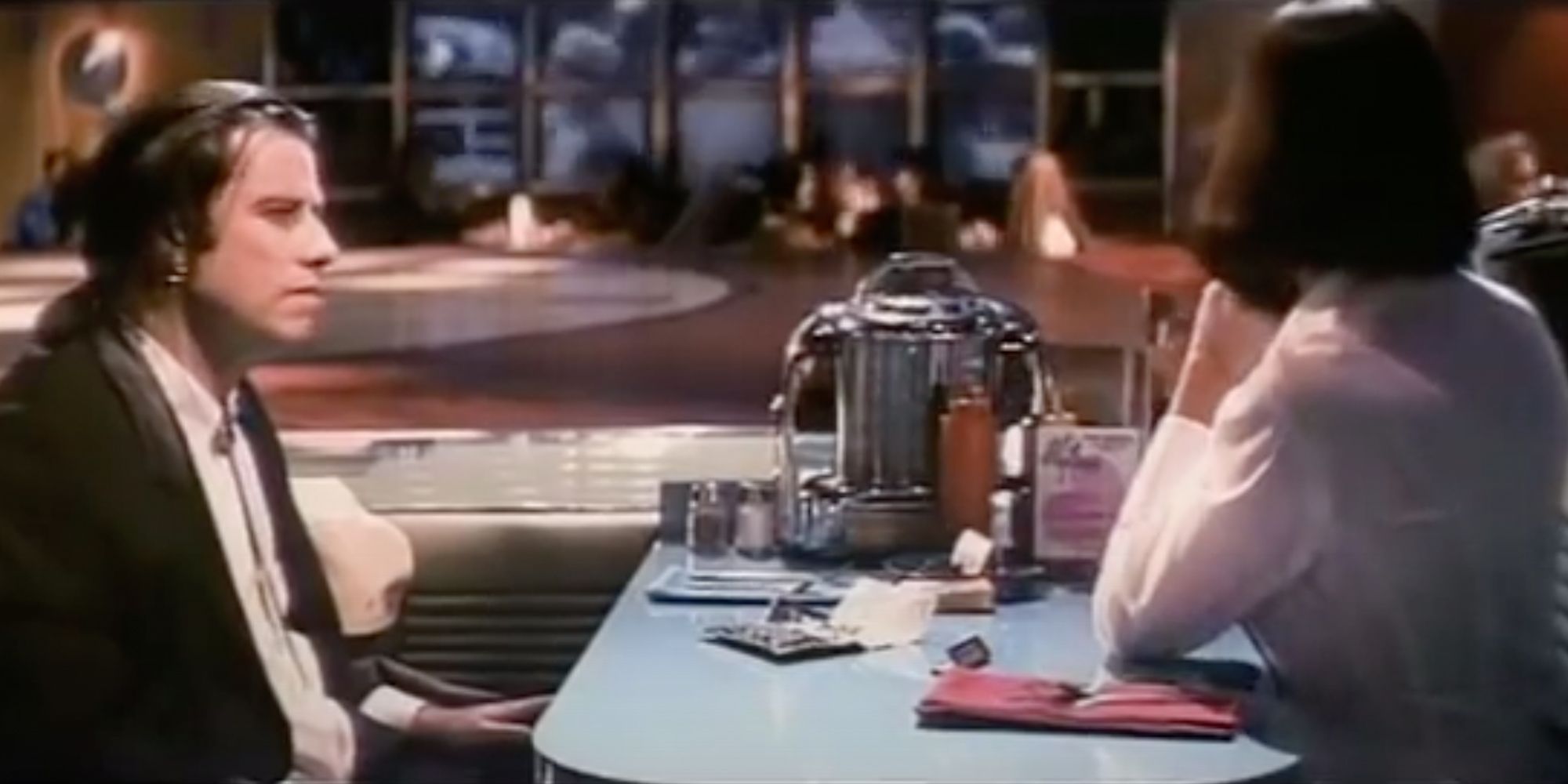
At Jack Rabbit Slim’s, Vincent and Mia fill the awkward silence with talk of milkshakes, Marsellus, and Mia’s short-lived acting career. The extended version of the scene reveals Vincent and Mia share a mutual friend in Amsterdam. Vincent has just returned from an extended stay in the Dutch capital and Mia visits the European city yearly. There’s also an extended look at Jack Rabbit Slim’s recreation of the famous Marilyn Monroe street grate scene from Billy Wilder’s The Seven Year Itch.
Vincent’s time in Amsterdam is a prominent theme woven throughout his story, but this extended scene provides the most context to his time in the city. The additional footage also brings to mind Quentin Tarantino’s shelved Vega Brothers project, which was to pair Vincent Vega with his brother, Vic Vega, a character from Tarantino’s 1992 debut feature Reservoir Dogs. Entitled Double V Vega, the prequel was to explore Vincent’s time in Amersterdam running a club for Marsellus.

Pulp Fiction’s second story centers on Butch Coolidge, a boxer whom Marsellus pays to throw a fight. After his bout with Floyd Wilson, Butch is forced to make a quick getaway in Esmarelda’s cab. The mysterious cab driver takes a peculiar interest in her passenger, questioning him on death and the meaning of his name. In the extended version of the scene, Esmarelda explains that her last name, Villa Lobos, means “of the wolves,” and Butch provides a more detailed, philosophical answer to her question on death.
Quentin Tarantino and his editor, Sally Menke, felt the exchange between Butch and Esmarelda was the best-edited scene in the entire film. The scene’s downfall was that it took too long at a moment when the story needed to keep moving; therefore, despite the extended version working better as a scene unto itself, Tarantino and Sally created a condensed version of the cab scene that works better in the final film.
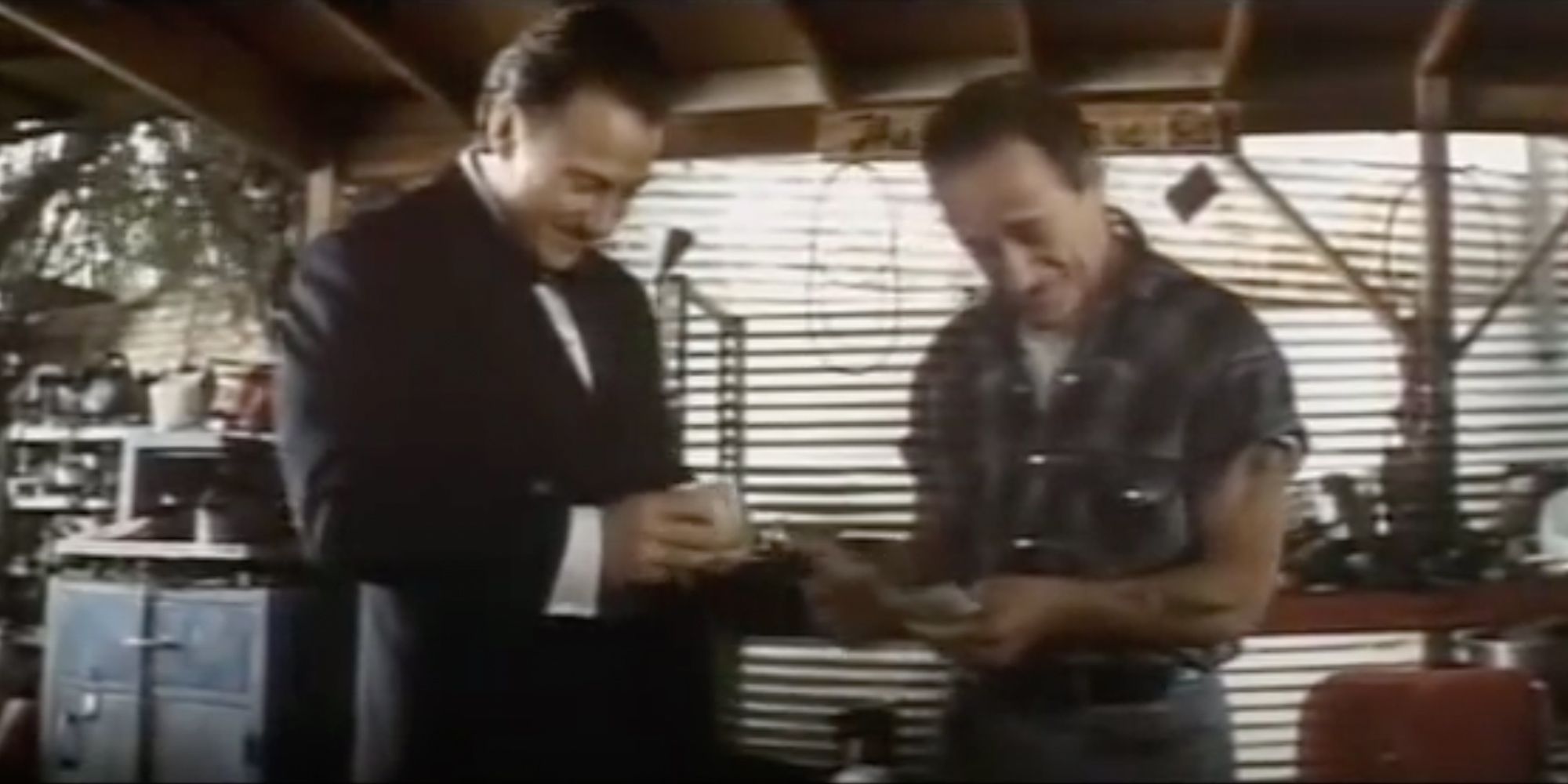
During Pulp Fiction’s third and final story, Marsellus sends his cleaner, Winston Wolfe, to help Jules Winnfield and Vincent Vega dispose of a dead body. At Jimmie's house, Winston gets the body into the trunk of their car and removes the evidence before taking the car to Monster Joe’s Used Auto Parts. The final version of the film cuts to Winston walking out of the junkyard with Monster Joe’s daughter, Raquel. The original version cuts from Jimmie’s house to Winston and Monster Joe wrapping up their business. It’s obvious that Winston uses the junkyard regularly and pays handsomely, something Monster Joe would like to reward with a special offer. Winston then meets Raquel outside where the two discuss their morning plans.
Of all the deleted and extended scenes, this one at Monster Joe’s came the closest to making the final cut. Not only did Quentin Tarantino get to pair one of his favorite character actors, Dick Miller, with Harvey Keitel in the same frame, but the writer-director also got to try his hand at the witty repartee of Ernst Lubitsch films via Winston and Raquel’s conversation. However, this was another instance where the film needed to more quickly transition to the next scene, in this case the climatic diner scene at the end of the film.
Filmmakers will typically shoot more footage than required for a film, as evident by the multitude of deleted scenes included on DVD and Blu-ray releases. As Tarantino explains in the featurette, in his experience, there are usually five scenes in a film that stick out “sort of like a sore-thumb.” While some scenes are meant to draw attention to themselves, others require a more discerning eye to determine whether or not they are essential. The additional 24 minutes of Pulp Fiction may not be essential, they are interesting viewing for fans: After all, each scene is still written, framed, and directed by Quentin Tarantino.
from ScreenRant - Feed https://ift.tt/36TJUBr


0 Comments